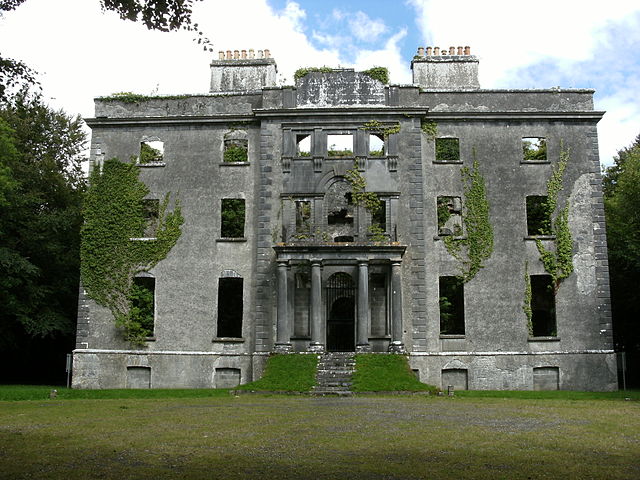Moore Hall (or Moorehall) still retains much of its impressive appearance, even though now it is only a roofless shell partly overgrown with lush vegetation. The ruinous house can still be seen at the former estate alongside a courtyard, a walled garden, and the remains of several outbuildings close to the old hall.
Today, the grounds form a forest park of nearly 80 acres, which provides charming walks through untouched nature. The site is located on the shores of Lough Carra in the southwest of County Mayo, Ireland.
It is approximately two miles from the village of Carnacon and is at equal distance (nine miles) from the towns of Ballinrobe, Claremorris, and Castlebar – literally at the center of a triangle marked by the towns.
The ruins stand on Muckloon Hill overlooking the crystal clear waters of the scenic lake. The area is a karst limestone area of great botanical significance; rare species of wild orchids can be found dotted among the many different plants.
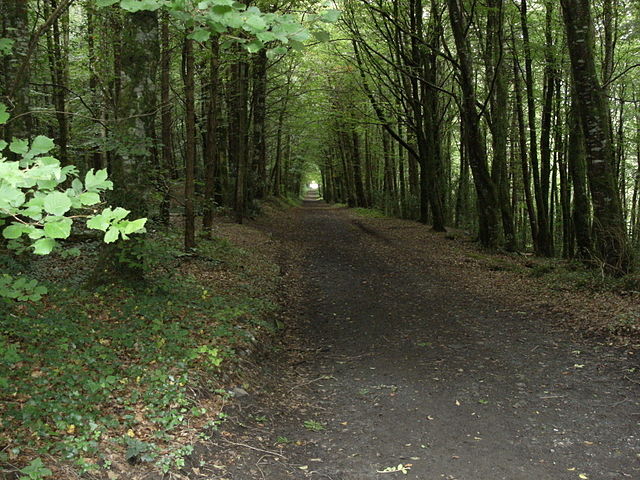
The construction of Moore Hall started in 1792 and was completely finished in 1796. It was the home of the Moore family.
Many members of the family played a significant role in the cultural and political life of Ireland. The house was continuously occupied until 1910 and then periodically occupied for the next several years. Unfortunately, it was burnt down by members of the anti-Treaty IRA at the beginning of 1923 during the Irish Civil War.
After this tragic event, it was abandoned and never restored. Throughout the years it suffered further as it was exposed to the elements and had been left to decay. Even in a poor condition, the remains of Moore Hall are still very picturesque.
Designed as a manor house, the estate had all of the outbuildings required to make it self-sufficient. The architect was John Roberts, an eminent architect from Waterford who also designed Tyrone House in Clarenbridge, County Galway; and Waterford Cathedral.
The house was decorated with fine Italian plasterwork – parts of which have survived the passage of the time and can still be seen today. There were also rooms covered with oak panels. Unfortunately, now its interior is nothing but broken walls and piles of fallen bricks and masonry.
The basement is a spooky labyrinth of dark rooms and vaulted corridors with floors covered in grass and mud. It is not open to the public but, obviously, it is regularly visited by curious visitors and urban explorers.
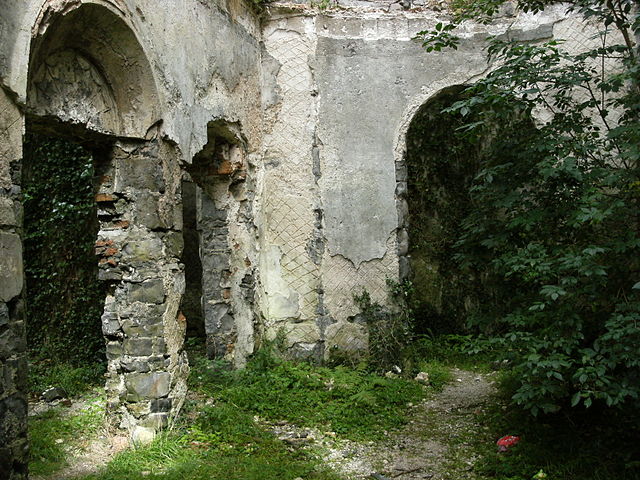
In comparison with other Irish mansions, the story of Moore Hall is outstanding. George Moore (1727-1799) was responsible for constructing the site. He was a wine merchant and owned a fleet of ships, and even though he came from a Protestant family, Moore himself was a Catholic.
He originated from County Mayo but, because of the restrictive Irish Penal Laws (a series of laws passed against the Roman Catholics), he decided to move to Spain where he made his fortune.
His heart still longed for Ireland, and after selling all of his properties in Spain, he returned back to his homeland. The Penal Laws were relaxed; he utilized the new situation and bought land around Lough Carra.
He also took an oath of loyalty to the English crown in order to acquire the right to have tenants on his land and thus make some income.
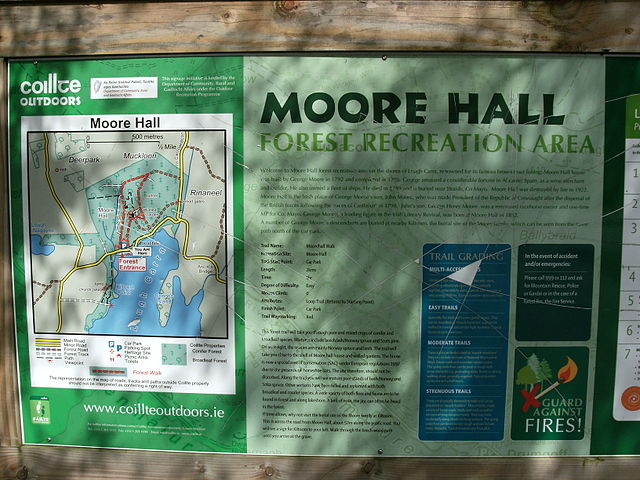
He had in mind few wishes for his new home and most of these were made a reality.
He wished for the new building to overlook Lough Carra, and even though he owned several properties on different locations around the lake, he chose Muckloon Hill as the best location.
He is said to have ignored the warnings of the locals, who believed that the chosen site was unlucky because of a series of events that happened in the area around 400 AD and resulted in the killing of the King of Connaught’s Druid, Drithliu, very near to the planned spot for the build.
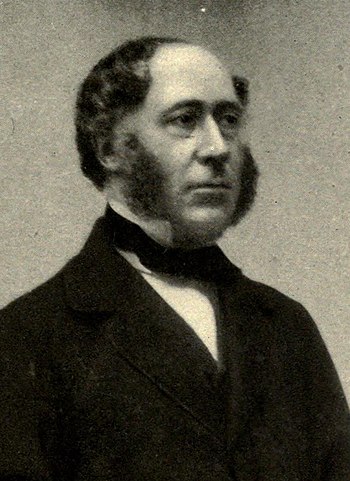
Moore Hall was built in less than four years and immediately became very important for the local economy. The locals liked the Moore family, and many of them found jobs at the house as servants. But soon, unfortunate events started to happen.
George Moore died at age of 70. His health had been deteriorating for many years and he had gone blind as the result of a stroke. His son, John Moore (1767-1799), died tragically aged only 32 just a few weeks after his father’s death. John Moore was a lawyer and an Irish Nationalist.
He joined the French troops who landed at Killala in 1798 and became the first President of an Irish Republic – the short-lived Republic of Connaucht.
The rebellion was crushed and John Moore was arrested. He was initially sentenced to death, but later his sentence was reduced to deportation. He died in captivity while awaiting deportation. For many years, his grave was unknown.
It was discovered by chance in 1960 in Ballygunnermore Cemetery in Waterford. In 1962, his body was exhumed and brought to the town of Castlebar where he was buried with full military honors.

Another Moore saved thousands of people from starvation using an unusual method and became a true hero. George Henry Moore (1810-1870), like other members of his family, had an interest in horses.
He won a lot of money horse racing with his horse Coranna and used the winnings to provide his tenants with imported corn during the Great Irish Famine of 1846. He also gave a cow to each family.
Because of his actions, no one on the Moore estate died of starvation during the hard times, even though Mayo was one of the counties that were most affected by the famine.
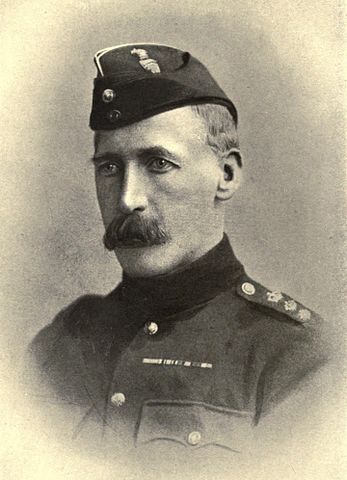
Other famous Moores were Maurice George Moore (1854-1939) and George Augustus Moore (1852-1933). Maurice was the statesman of the family; he became a colonel and a senator.
He served with the Connaucht Rangers in South Africa during the Boer War and later became the first Irish envoy to South Africa. He was a humanitarian and was concerned with human rights in South Africa, and he also worked to relieve Irish prisoners from English jails.
George Augustus was a well-known poet, writer, and novelist of the Irish Literary Revival period.
He was one of the founders of the Abbey Theatre in Dublin and was friends with many famous literary icons of the era such as Lady Gregory, Maria Edgeworth, Oscar Wilde, and W.B. Yeats. Many of them were frequent guests at Moore Hall.
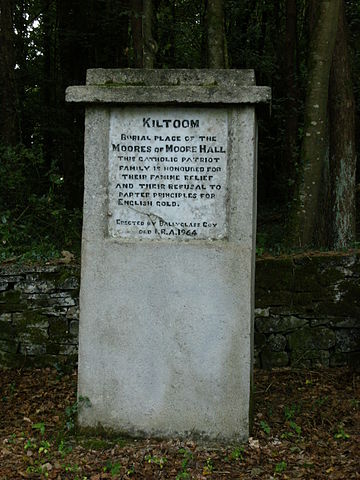
Unfortunately, the house was burnt down during the Irish Civil War. It was one of the 199 mansions that suffered during the conflict. The fact that Maurice Moore had a pro-Treaty stance was enough for the anti-Treatyites to burn the house down.
They seemed to be unaware of the history of the Moore family and the things they had done for Ireland and the Irish people in the past, and without hesitation, set on fire an incredible piece of the Irish history and architecture. George A. Moore witnessed the tragic event.
His precious library was reduced to ashes. In a letter to the press, he said: “I could do nothing but stand by with the same feelings that one has standing by the open grave of a very dear friend.” Very soon he emigrated to London and the house was never restored.
Recently, Mayo County Council has taken over the care of the ruins and the estate. They have plans to preserve the site for the future generations and to open it for public visits.
